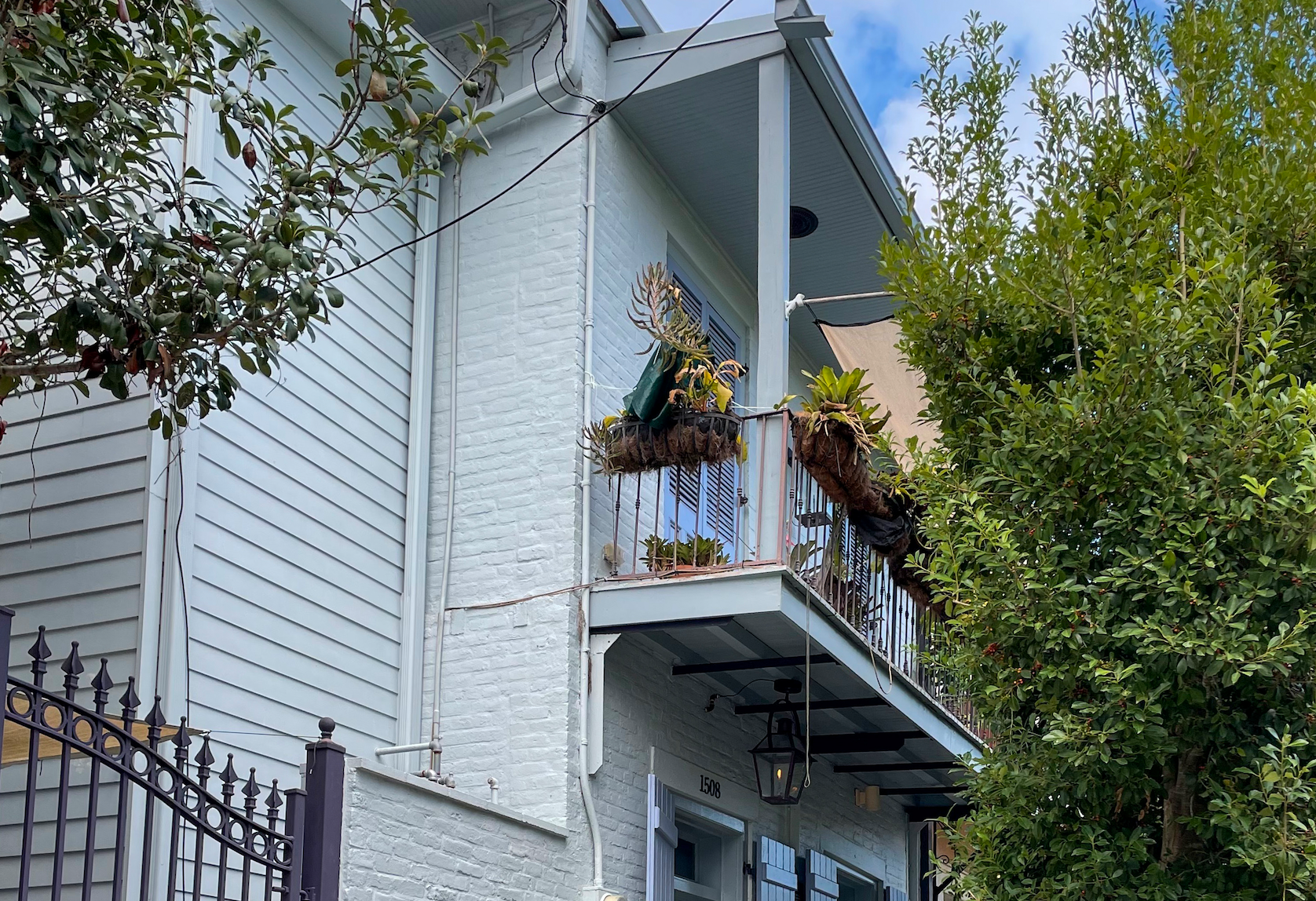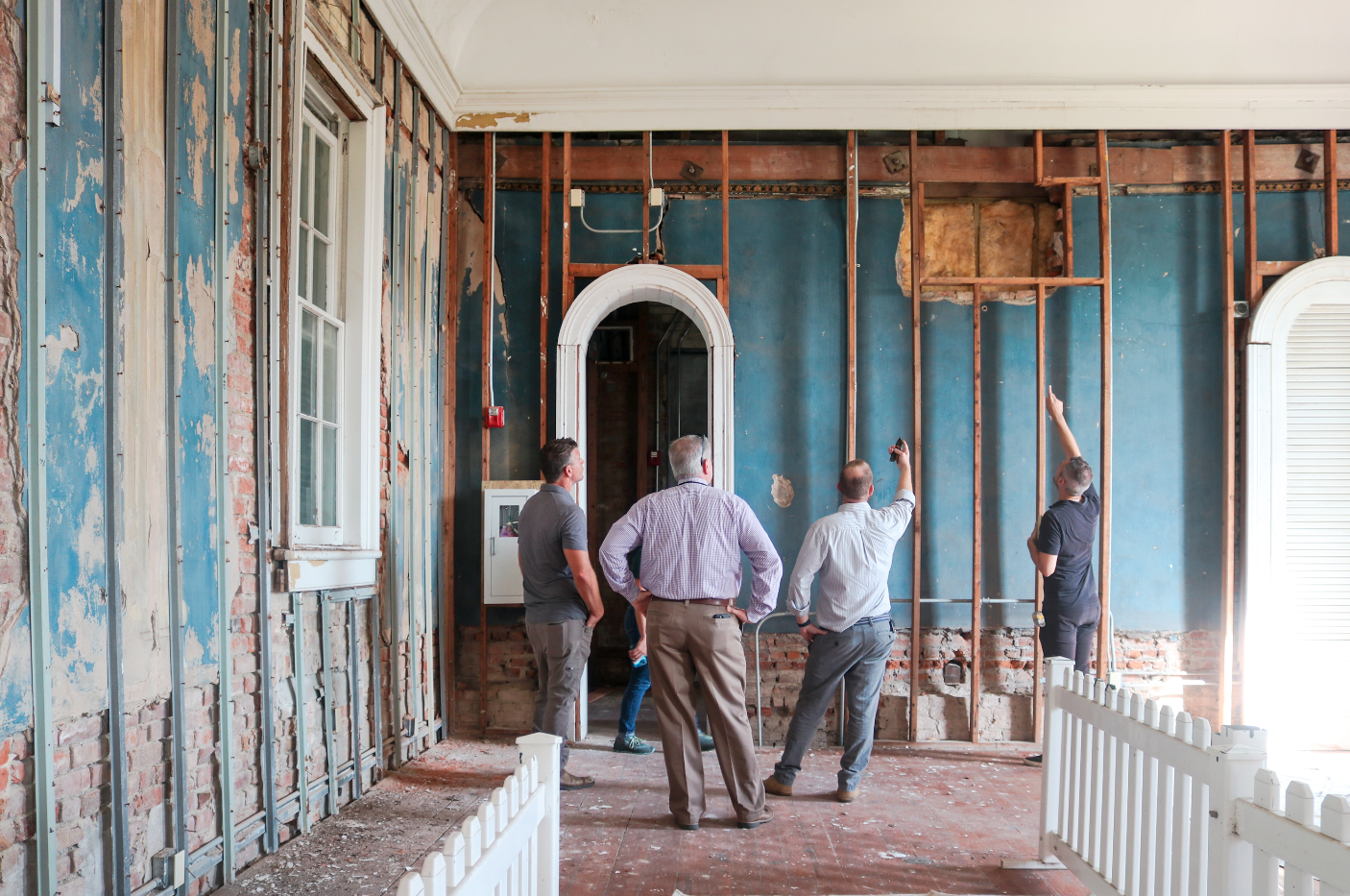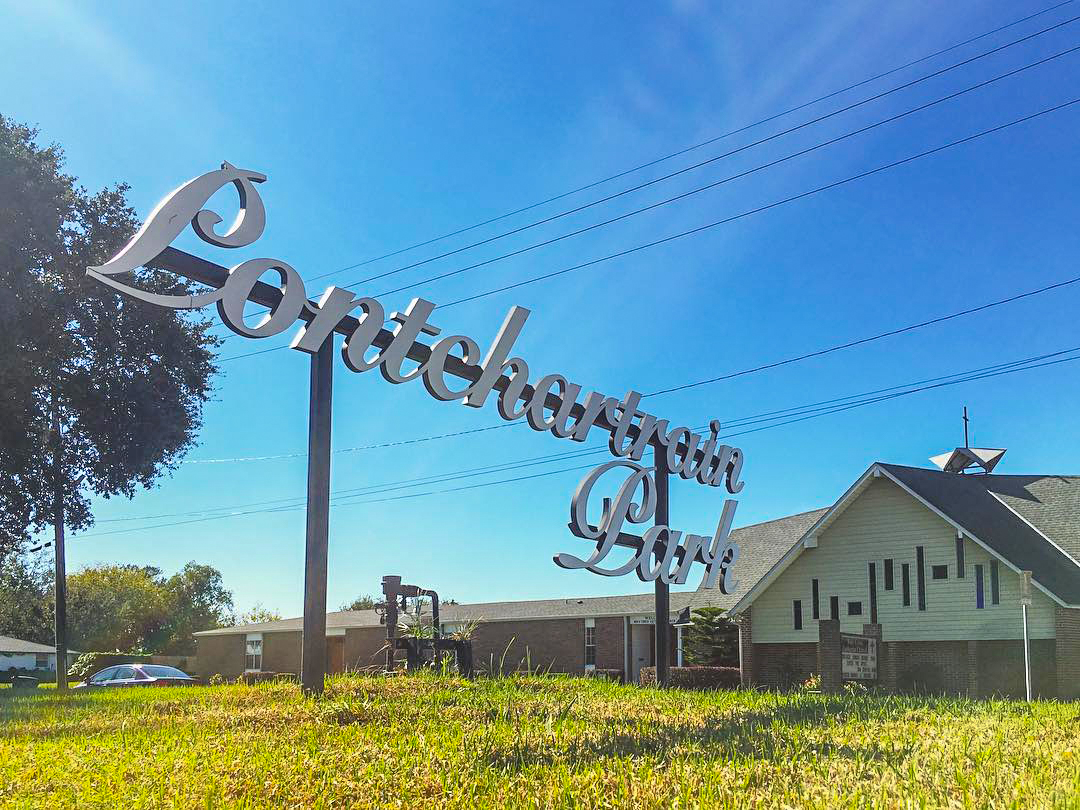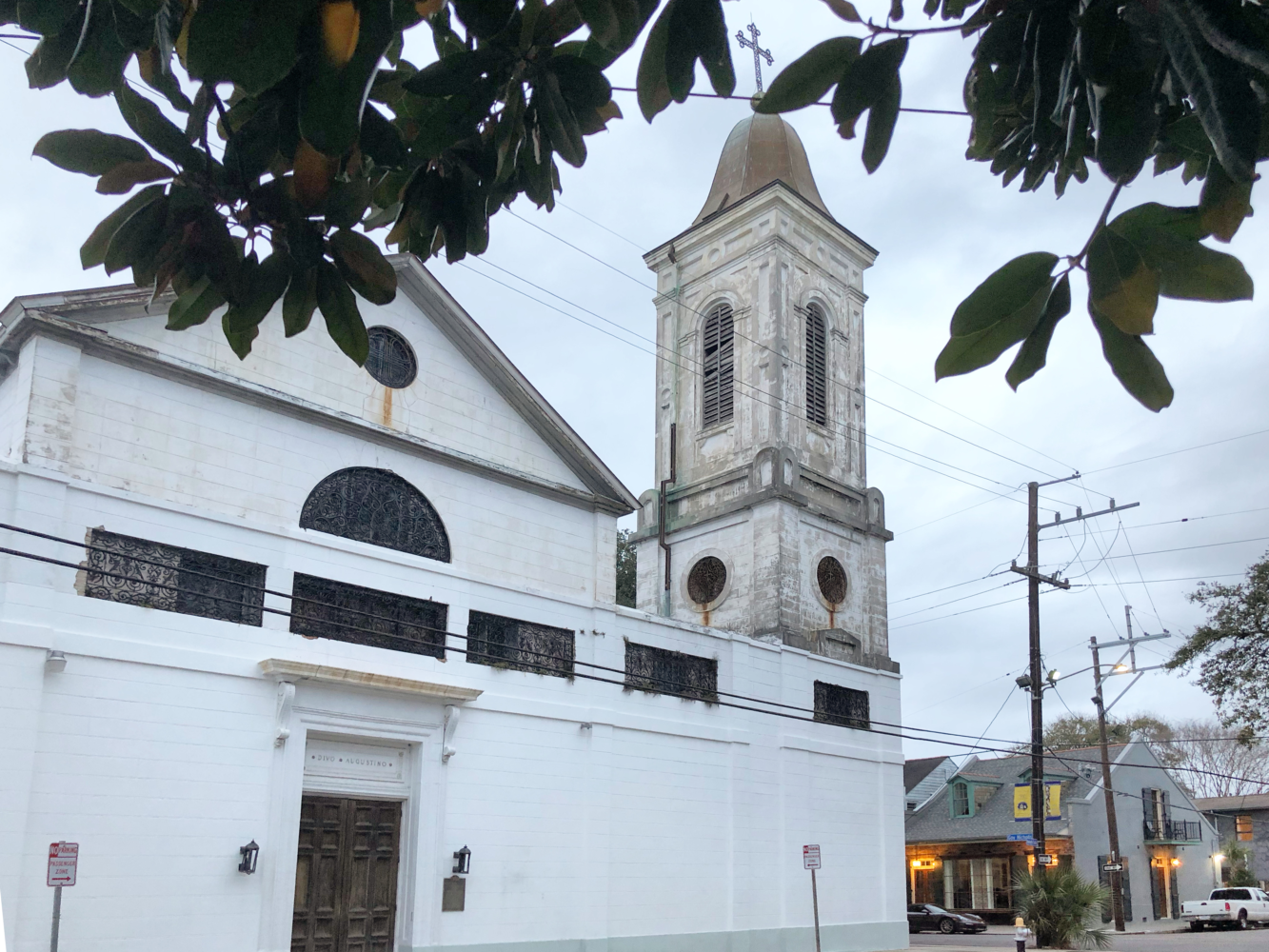Within these Walls
Biographical portraits of New Orleans residents and their homes
This story appeared in the October/November issue of PRC’s Preservation in Print magazine. Interested in getting more preservation stories like this delivered to your door? Become a member of the PRC for a subscription!
We will never know how many infants’ cries echoed off the walls of 1508 Pauger St., but the wails of one baby girl, born in the spring of 1895, would eventually become famous around the world. Born Elizabeth Landreaux, she would become known as Lizzie Miles, one of the most captivating blues and jazz singers of all time.
Lizzie always liked to say she was born on Bourbon Street, which was technically correct. The street would later be renamed Pauger. Her family lived at 1508 Bourbon/Pauger Street in the late 1890s, from around 1895 to 1899.
The household consisted of Lizzie’s mother, Remise Fazende, and her maternal grandparents, Athanase and Odile Fazende. The Fazendes had been free people of color prior to the Civil War. Lizzie’s grandfather served in the 73rd United States Colored Infantry. A Creole family, they spoke French.
Odile Fazende had Haitian roots, and so Lizzie grew up listening to her mother and grandmother sing French songs. Throughout her career, she would sing in her native language and in English and was often referred to as the “Creole songbird.”
For a time, Lizzie’s father, Victor Landreaux, lived in their home. A barber, he also “was a penman; he made calling cards by hand — beautiful cards,” Lizzie noted in a letter she wrote to musician David Griffiths. Victor Landreaux, a Francophone Creole like her mother’s family, hailed from out in the country. His mother, Elisabeth Jacob Davis, lived on a plantation in St. James Parish. Lizzie was her namesake.
“My grandmother on my father’s side was an Indian, and she spoke French,” Lizzie recalled. Mostly of indigenous ancestry, Elisabeth Davis was enslaved on the plantation of Jean Seraphin Armant. She was a domestic, working inside the plantation house. While still enslaved, Elisabeth gave birth to two children: Barthelemy and Victor. Their father was Nicholas Honoré Landreaux, Armant’s nephew. After the Civil War, Elisabeth married a formerly enslaved man from a neighboring plantation.
Victor Landreaux may have lived with Lizzie and her mother for several years, but he was actually married to another woman across town. Landreaux had several children with his wife, including Edna, who would become a noted jazz vocalist. Only a few years older than Lizzie, Edna would have a profound impact on her younger half sister.
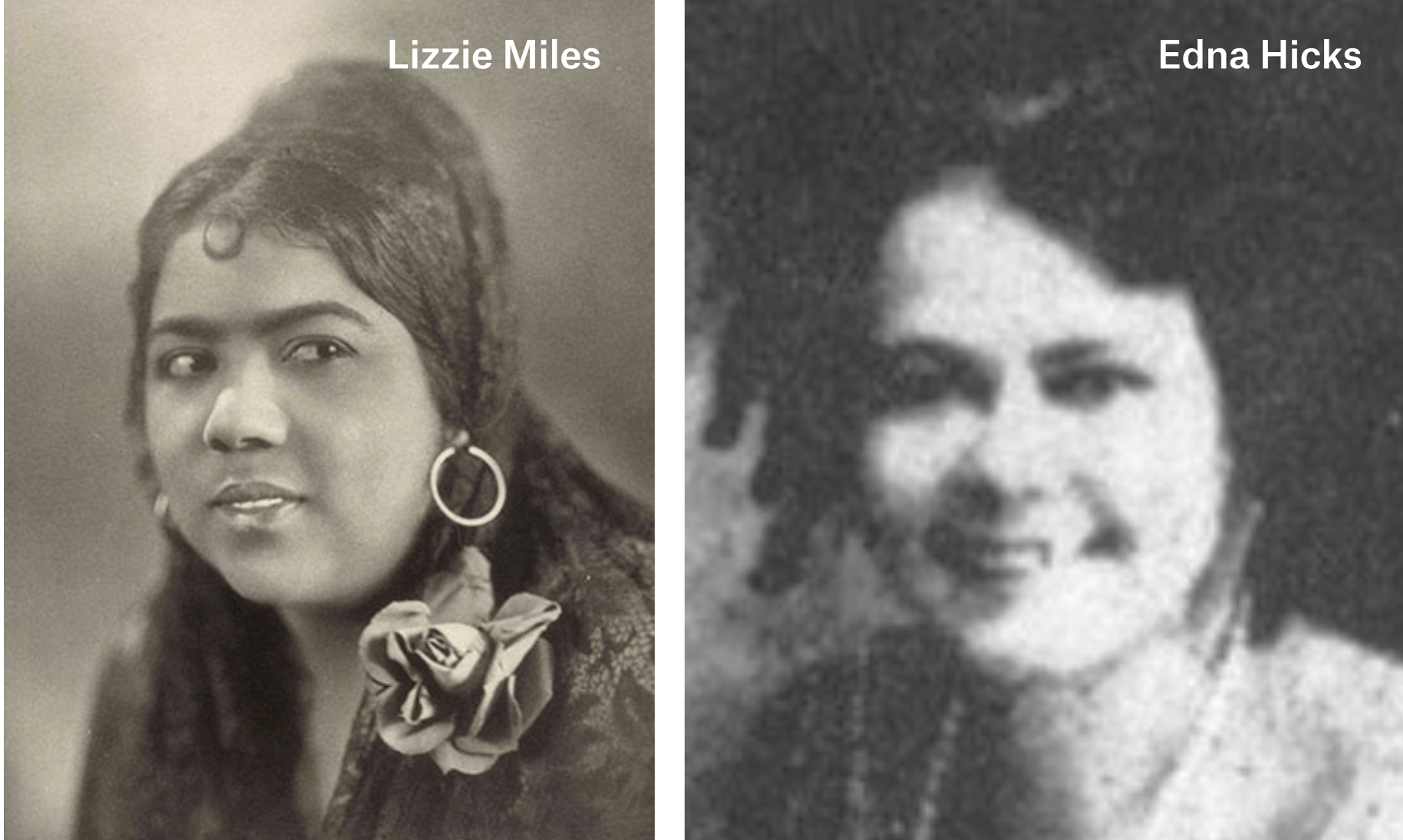
Photo 1 courtesy of the Louisiana State Museum. Photo 2 courtesy WikiCommons.
When Lizzie was nine, her mother married Victor Morand. This union produced Herb Morand, yet another talented family member. Morand, a jazz trumpeter, would later perform with his older sister.
Lizzie grew up singing. She took voice lessons, and she sang regularly in Catholic catechism classes. She enjoyed signing with her playmate and neighbor Sidney Bechet, who accompanied her on a tin flute. When she was still a young girl, she performed at various benevolent society halls and the Pythian Theater. Her first job singing with a band was in a cabaret in Bucktown with Manuel Manetta.
On May 11, 1912, Lizzie married Auguste Pajaud. She was only 15, and the marriage was short lived. She soon embarked upon the vaudeville circuit with her sister Edna. She also performed in minstrel shows for a circus.
Lizzie began a relationship with John C. Miles, a bandleader for the circus, from whom she took her stage name. He died in the great influenza epidemic of 1918. It was likely these relationships, entered into when she was just a teenager, as well as her parents’ failed relationship that led her to say, “I love songs — sad songs, torchy songs — better,” she told interviewer Carey James Tate. “I guess it’s because I had such a hard, sad life from as far back as I can remember. Many of these songs bring memories.”
Lizzie sang with King Oliver and his band, both in New Orleans and then Chicago. She also sang with Louis Armstrong and Kid Ory. Like most New Orleans jazz greats of the time, Lizzie and her sister Edna eventually made it to Chicago. After several years in Chicago, she left for New York City, where she began her recording career. In the 1920s and ’30s, she released nearly 70 records. Her popularity skyrocketed, and in 1924, she embarked on a European tour. She lived for a year in Paris before returning to New York, where she recorded with Jelly Roll Morton.
While Lizzie was in Europe, her sister Edna made several recordings and appeared in shows in New York City and Chicago. While helping her husband fill the gas tank of his car, Edna was severely burned in a gas fire, according to an Aug. 22, 1925 article in the Chicago Defender. At the time she was holding a candle, which ignited the gasoline and severely burned her. She died two days later at the age of 33 with a promising career still ahead of her.
When the Depression hit, Lizzie struggled to find work. She also struggled with illness. She spent the war years in New Orleans nursing her invalid mother and supporting herself by tending bar. She launched a comeback in the 1950s, lived for a time in California, and made several well-received albums, before she ultimately chose to step back from performing.
Later in life, Lizzie dedicated herself to her Catholic faith and became closely tied to the Sisters of the Holy Family. She refused interviews about her life in Jazz. “I have chosen to live the life of a nun,” she said in an interview with Second Line Magazine. “Not a modern one, but an old-fashioned Godly one, and have given up the outside world. . .It’s my way of thanking Him for all His wonderful blessings.”
She died on May 17, 1963, at the Lafon Catholic Old Folks Home of the Holy Family.



